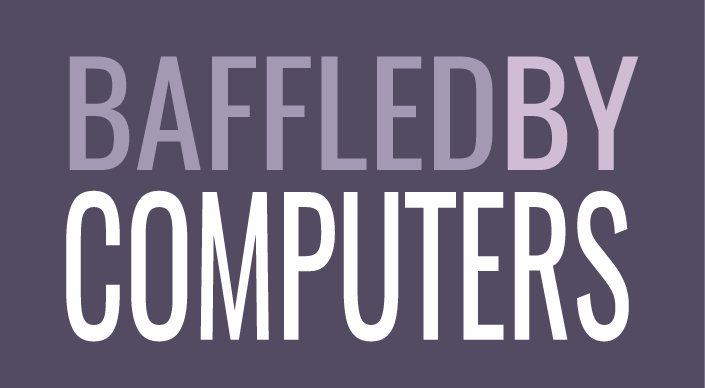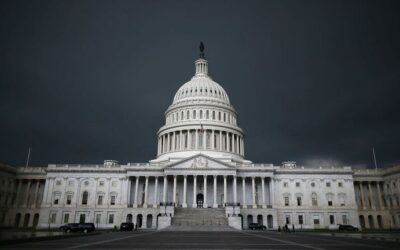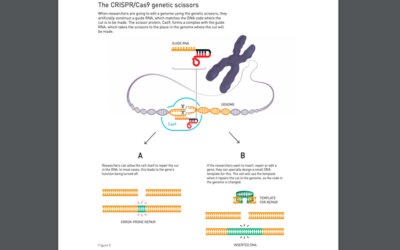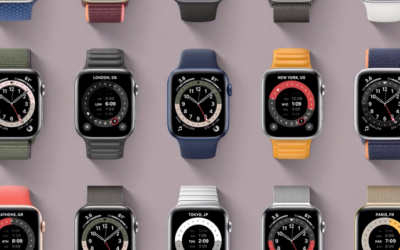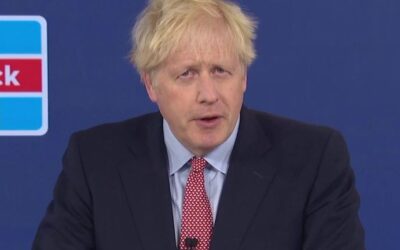Parliament’s Defence Committee says there is “clear evidence of collusion” between Huawei and the Chinese state in a new report on 5G security.
It cites claims which have previously been made about Huawei’s ownership model and receipt of state subsidies, but does not include new evidence.
In response a Huawei spokesperson said: “This report lacks credibility, as it is built on opinion rather than fact.
“We’re sure people will see through these accusations of collusion and remember instead what Huawei has delivered for Britain over the past 20 years,” they added.
Huawei: The company and the security risks explained
Tobias Ellwood MP, the chair of the defence committee, unveiled the report stating: “Protecting the public and preserving our nation’s security are amongst the principle responsibilities of government.
Advertisement
“The decision to embed a technology that compromises this would constitute a gross dereliction of these duties,” Mr Ellwood added, before stating: “The West must urgently unite to advance a counterweight to China’s tech dominance.”
Among the committee’s recommendations are proposals to form “a D10 alliance of democracies to provide alternatives to Chinese technology”.
More from Huawei
The committee also warned that current regulations were “porous” and that “legislation lacks teeth, continuing to allow telecoms companies to prioritise profit over the public and the nation’s security”.
It described as “imperative” the enacting of the Telecoms Security Bill, which will make the prohibition on purchasing new Huawei equipment from the end of this year a legal obligation.
Image: Huawei’s networking kit is set to be banned by the end of this year
The report follows the government ordering that all Huawei equipment must be stripped out of the UK’s telecommunication networks by 2027, as a result of US trade restrictions.
Mobile network operators will also be banned from purchasing new Huawei equipment by the end of this year. This ban impacts networking equipment and not consumer devices such as Huawei’s phones and laptops.
During the witness hearings for the committee’s inquiry, the culture secretary said that the government was aware “large private companies in China often have links to the Chinese Communist Party, and this was one of the factors that led to Huawei being designated as a high-risk vendor”.
Guidance issued by the UK’s National Cyber Security Centre states that Huawei “has always been considered higher risk by the UK government”. Reasons include China’s National Intelligence Law which could compel the company’s employees to “act in a way that is harmful to the UK”.
New American restrictions on Huawei will prohibit US firms from providing computer chips to the company.
These sanctions have been criticised as “arbitrary and pernicious” by Huawei, which has confirmed that 40% of the roles within its enterprise business group in the UK are being made redundant as a result.
